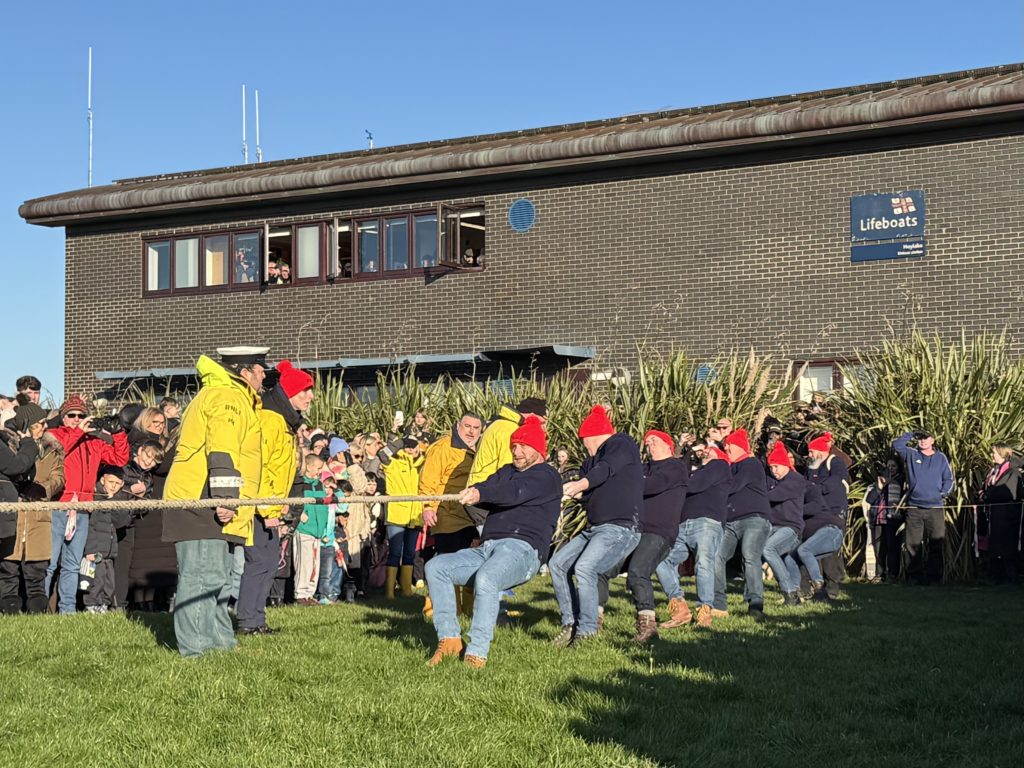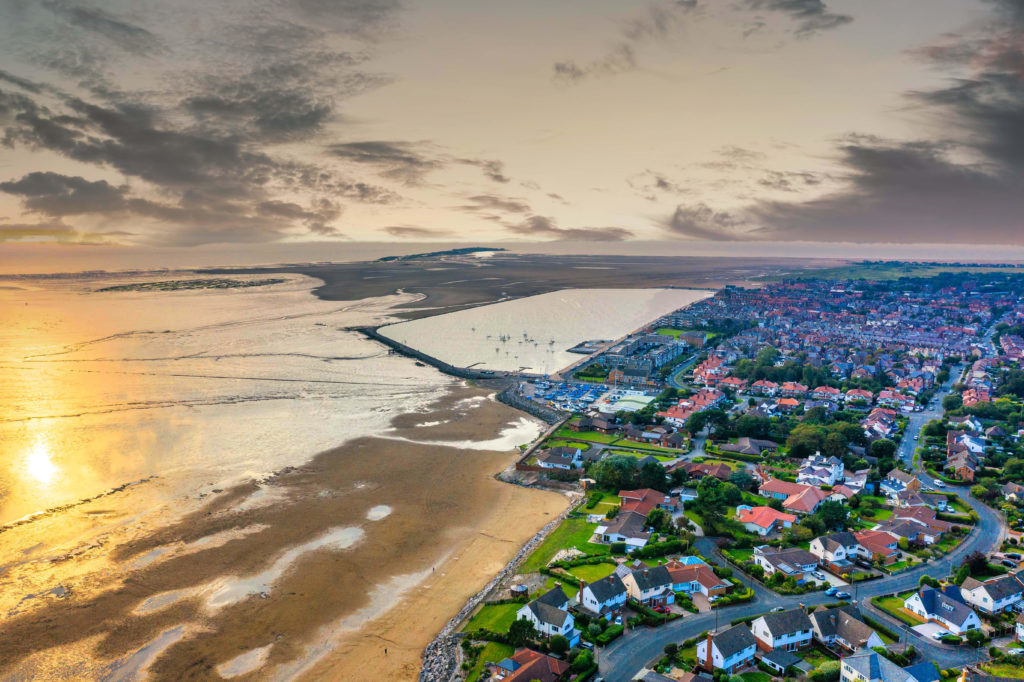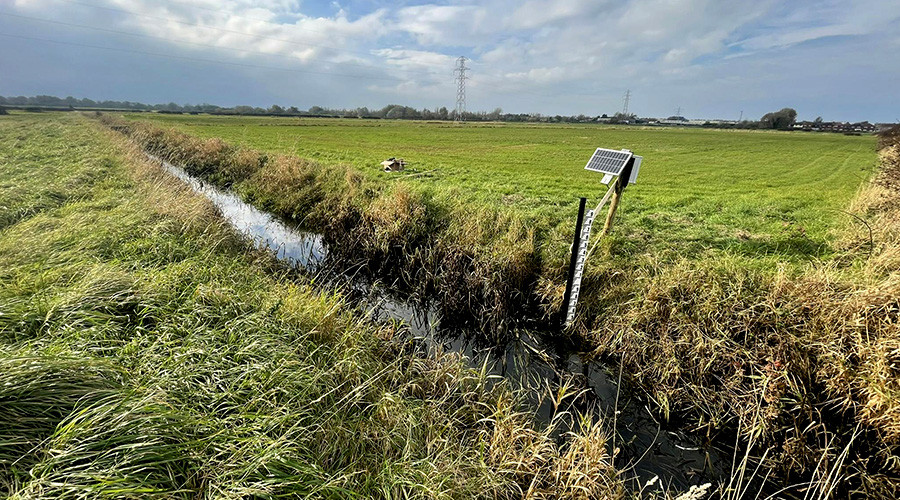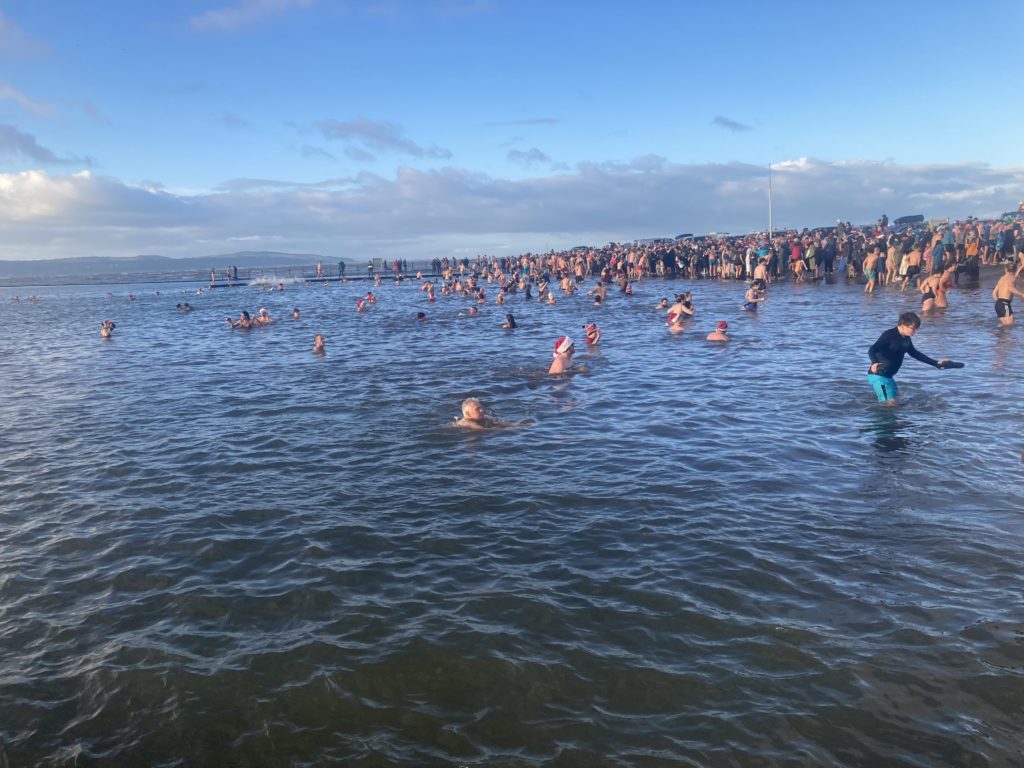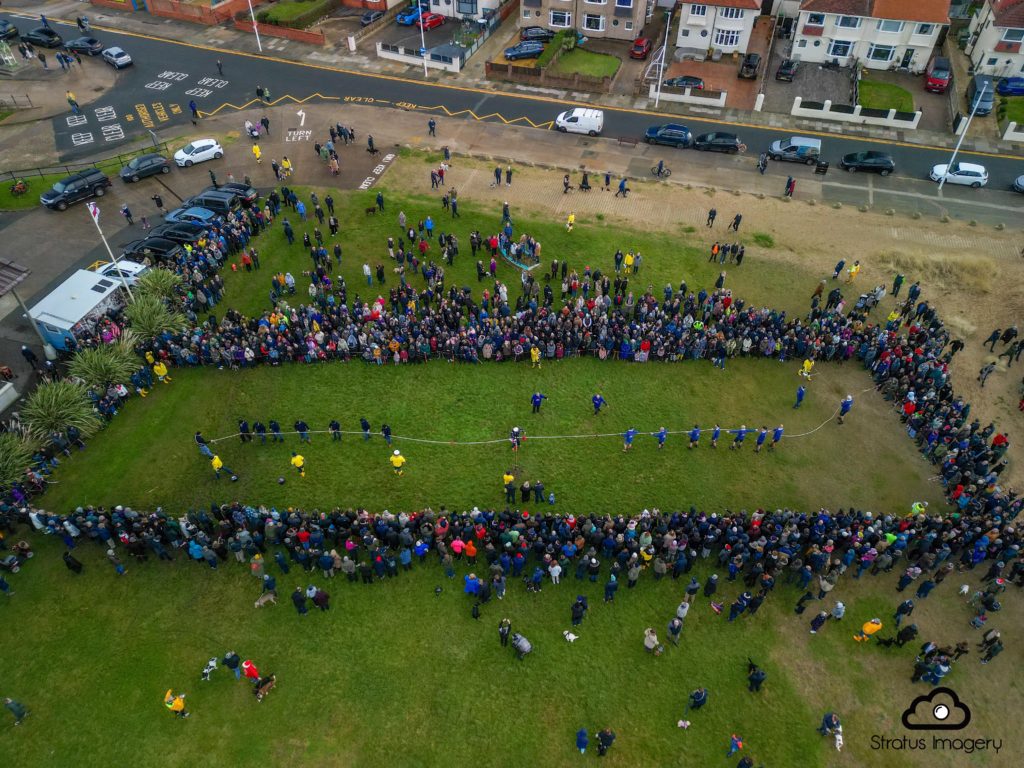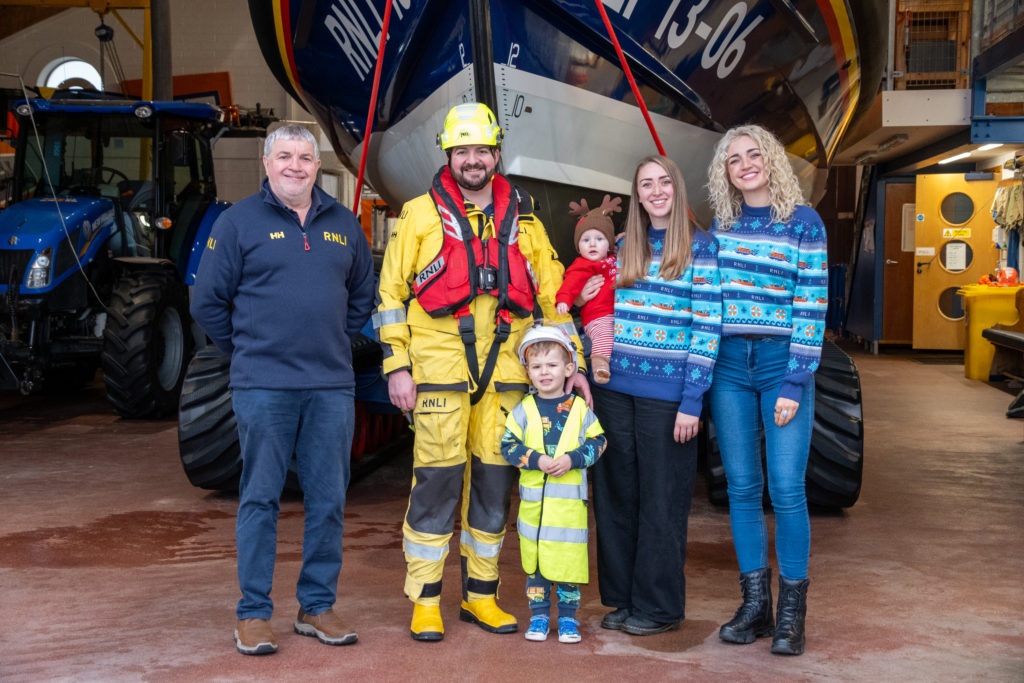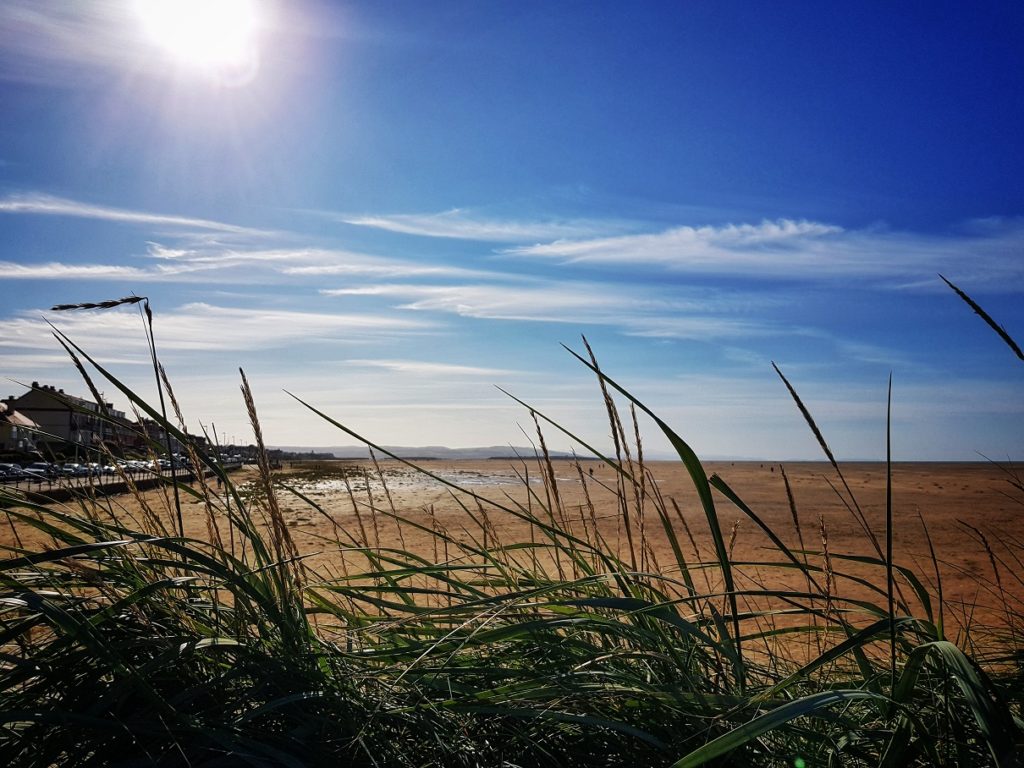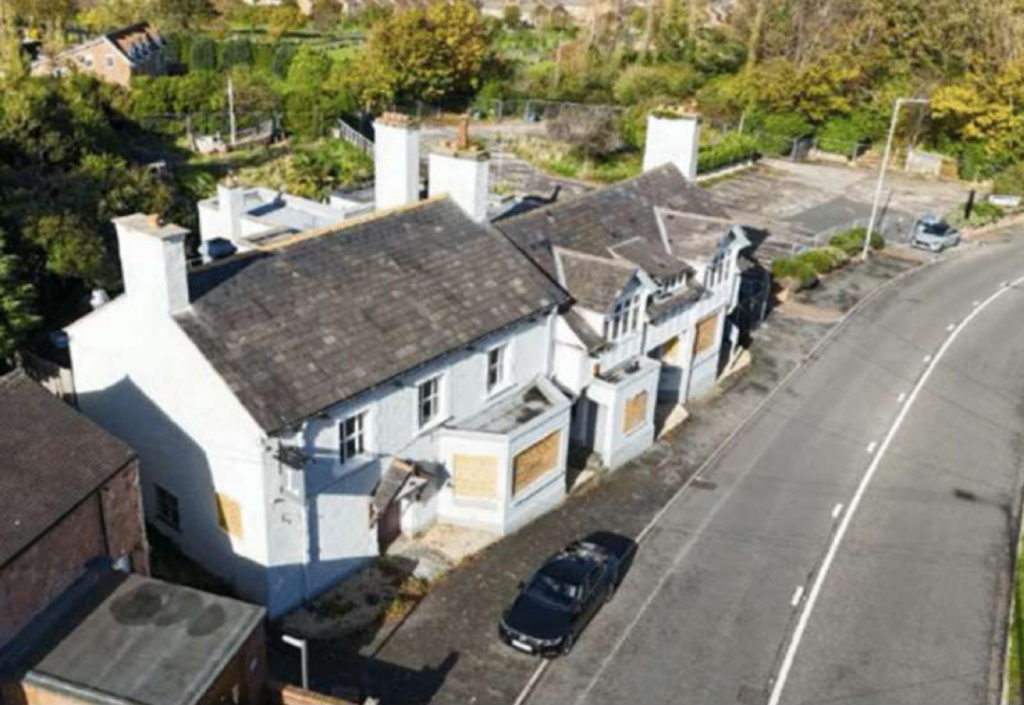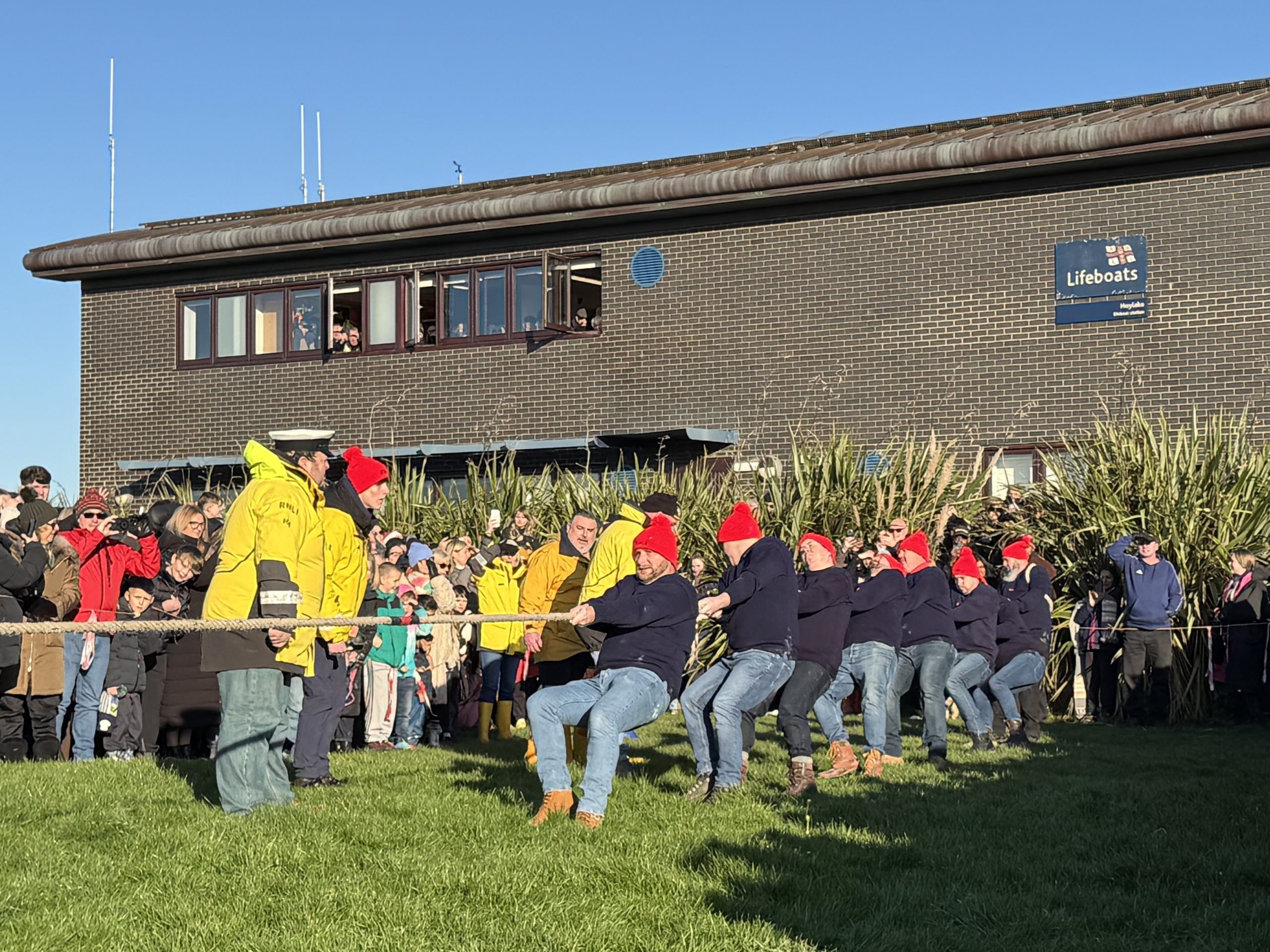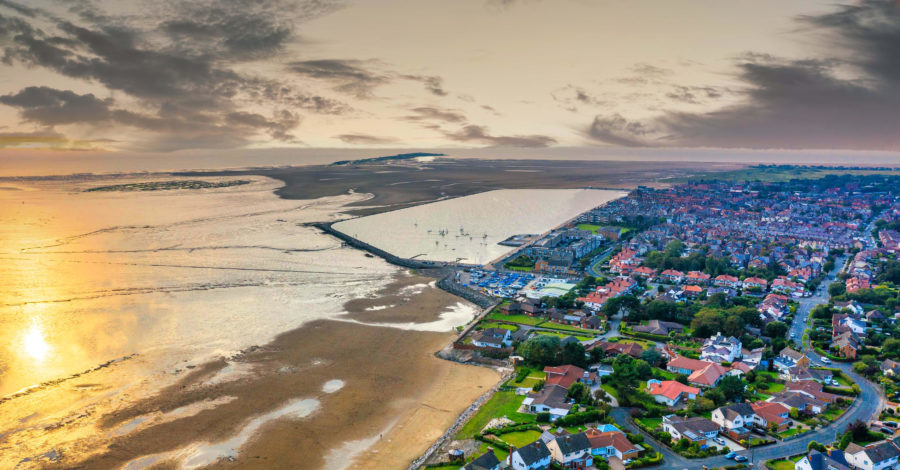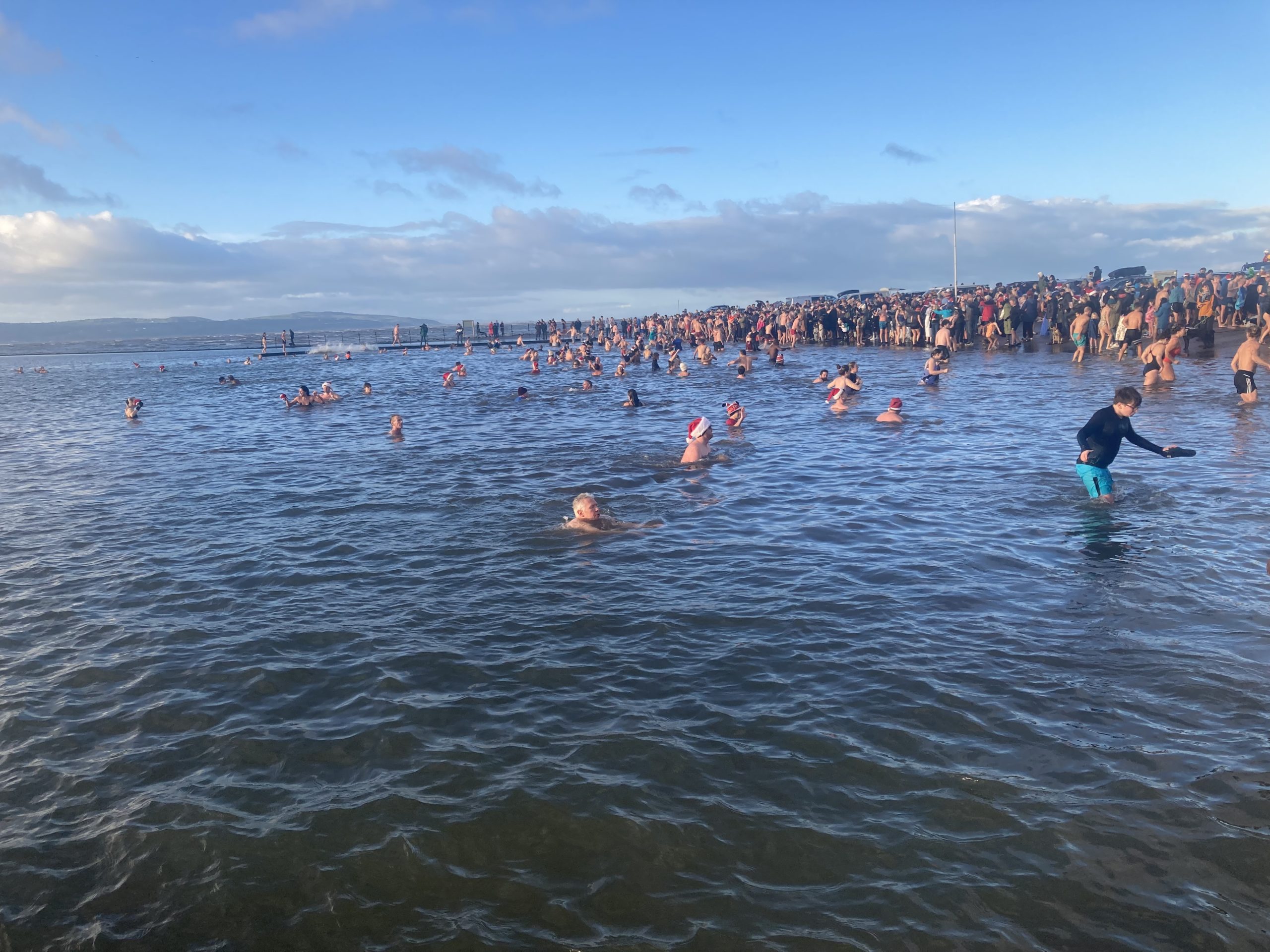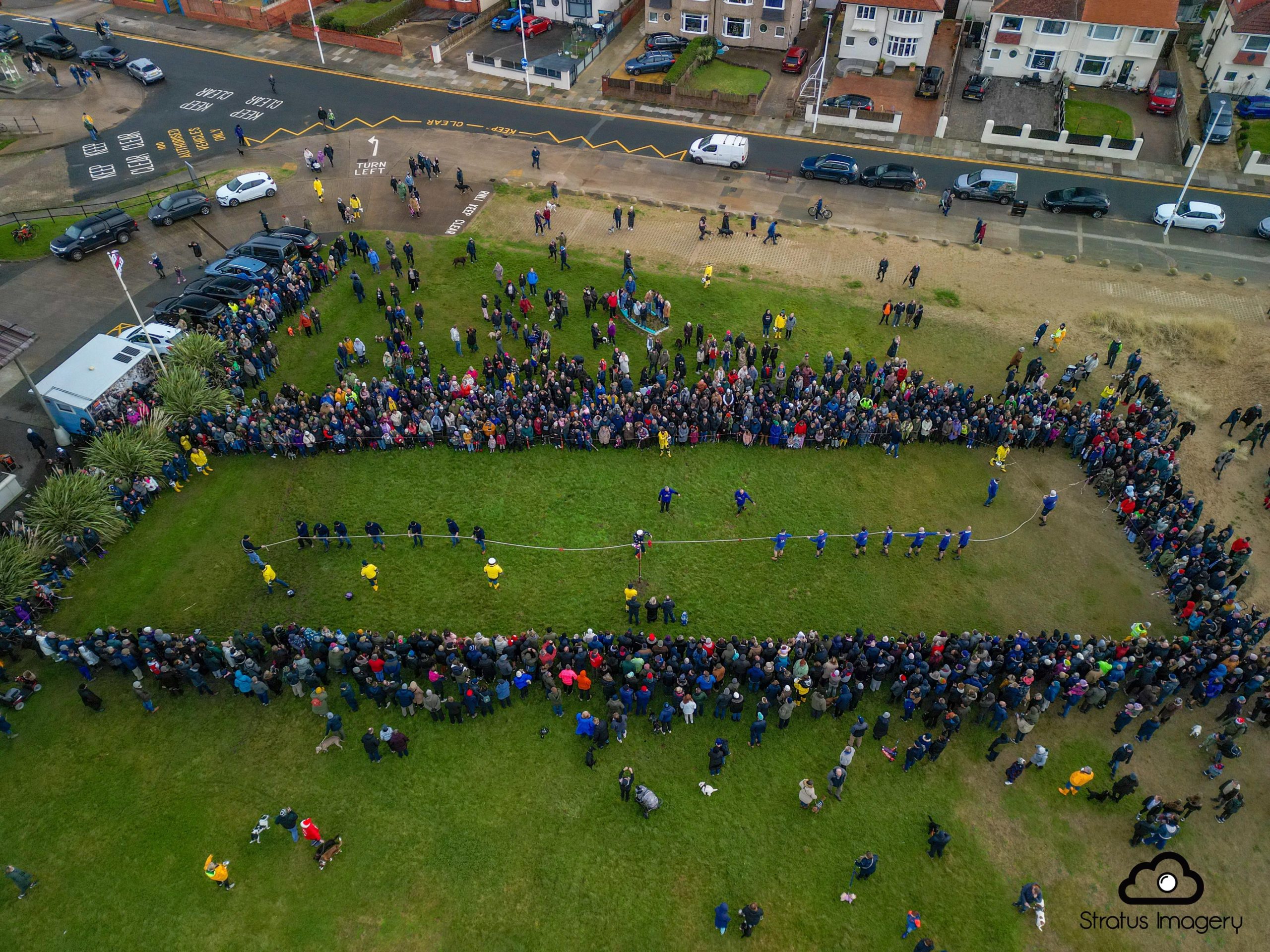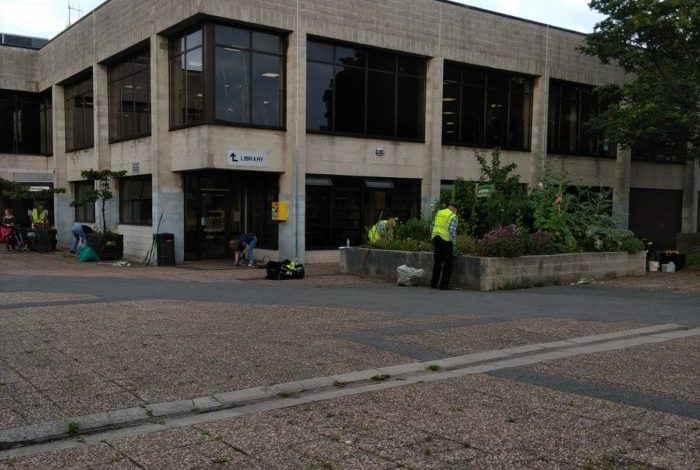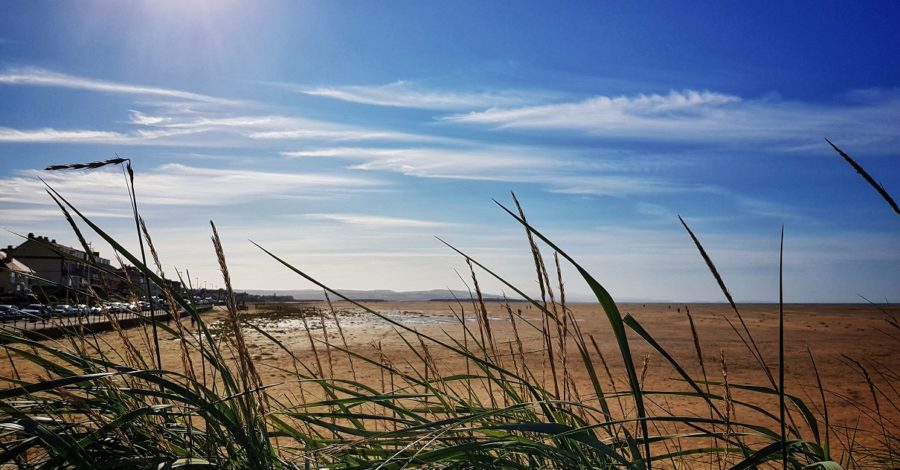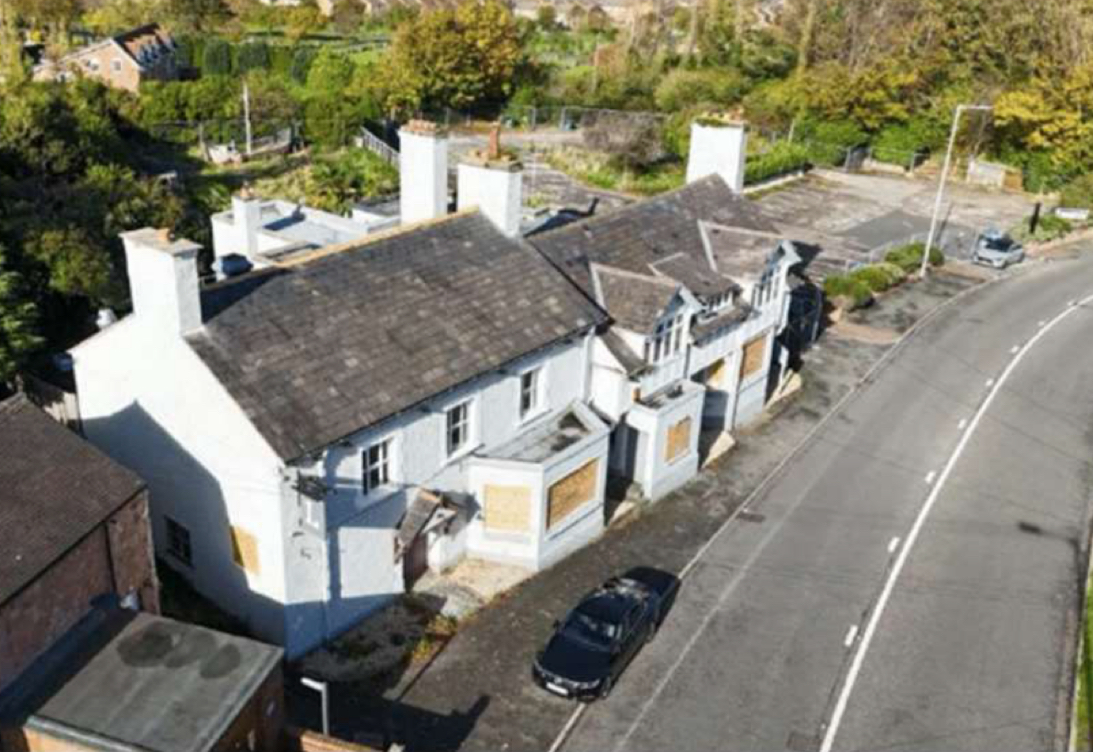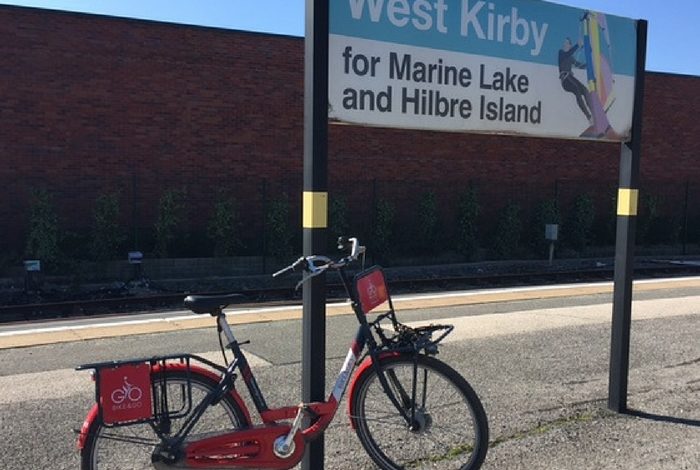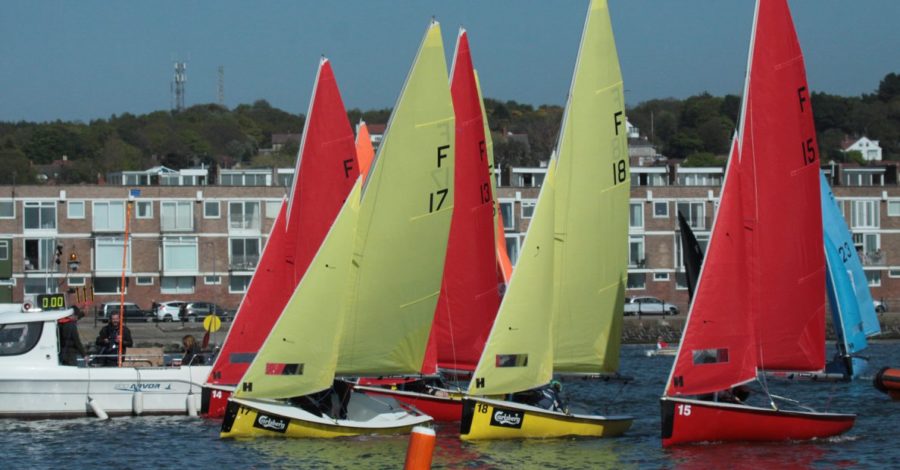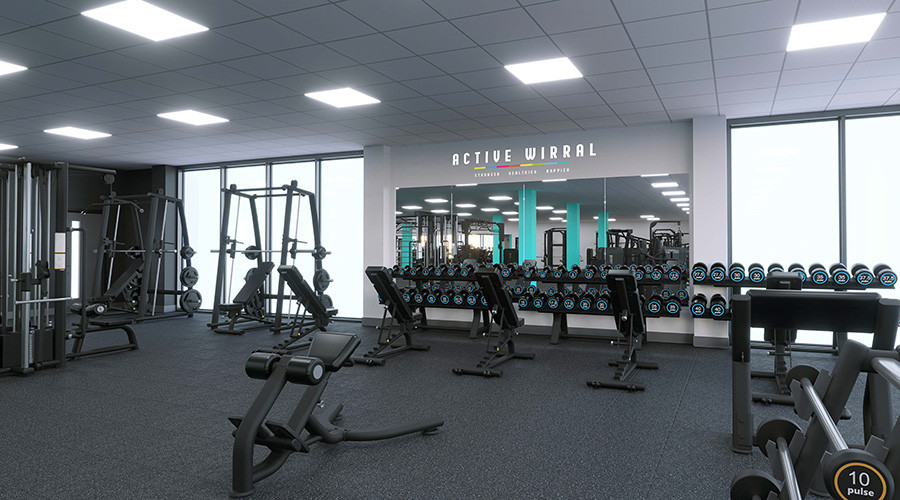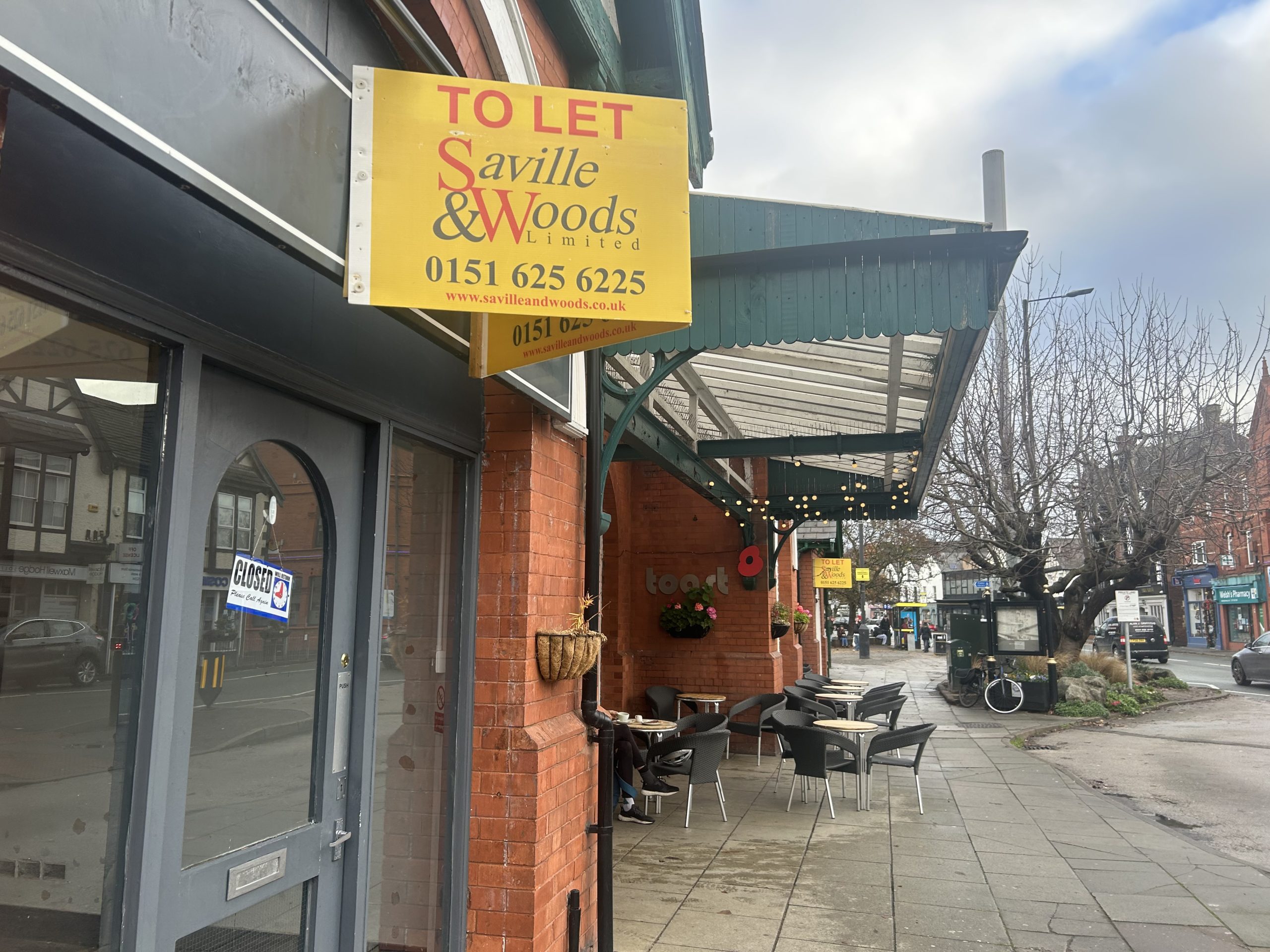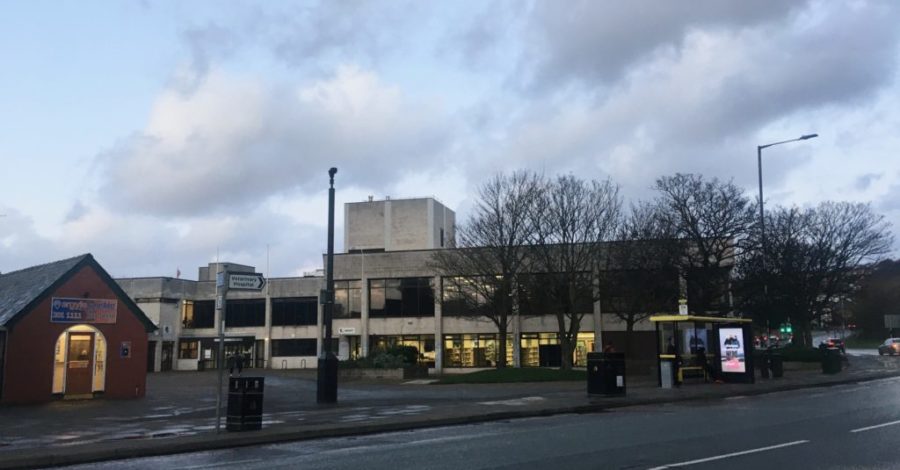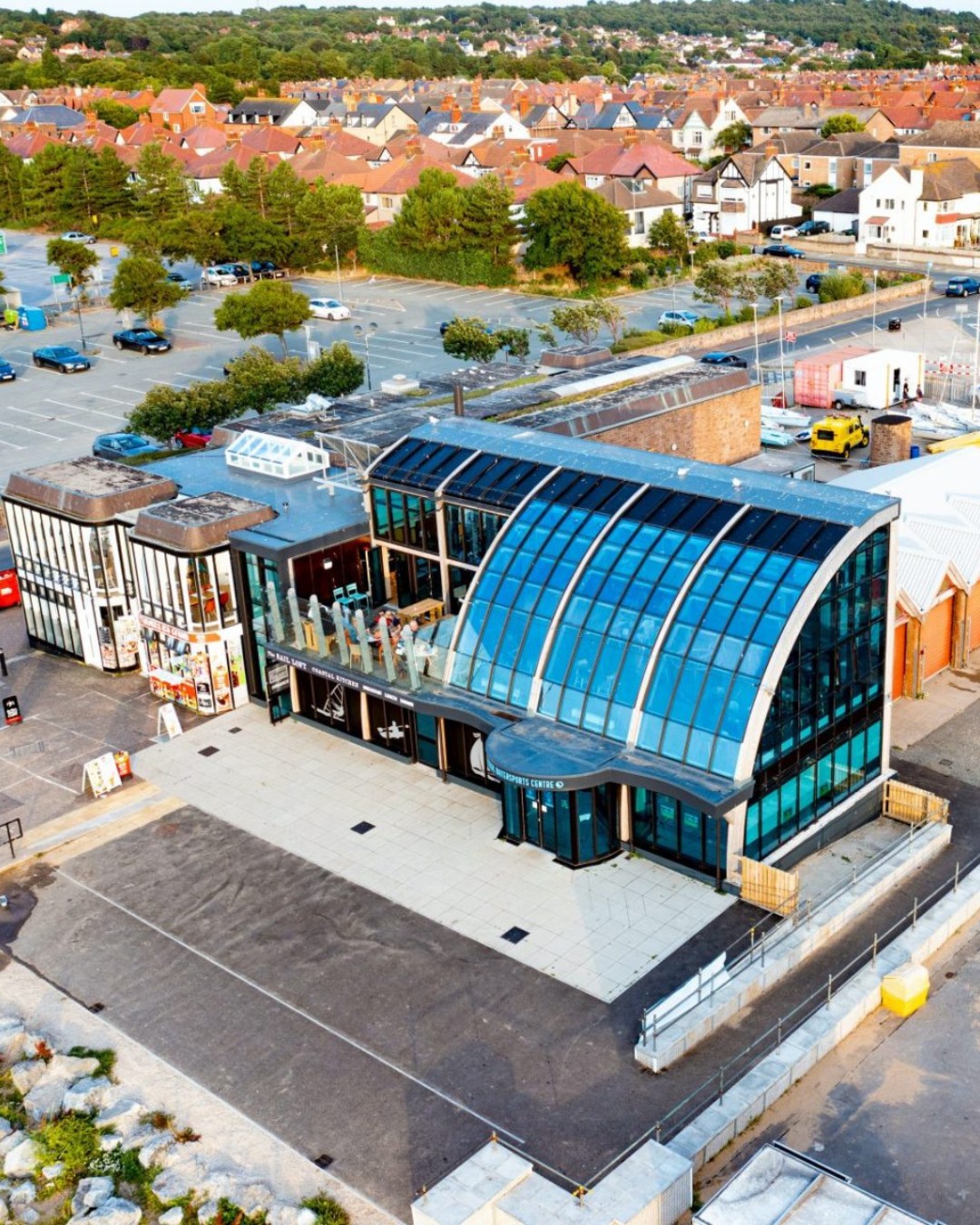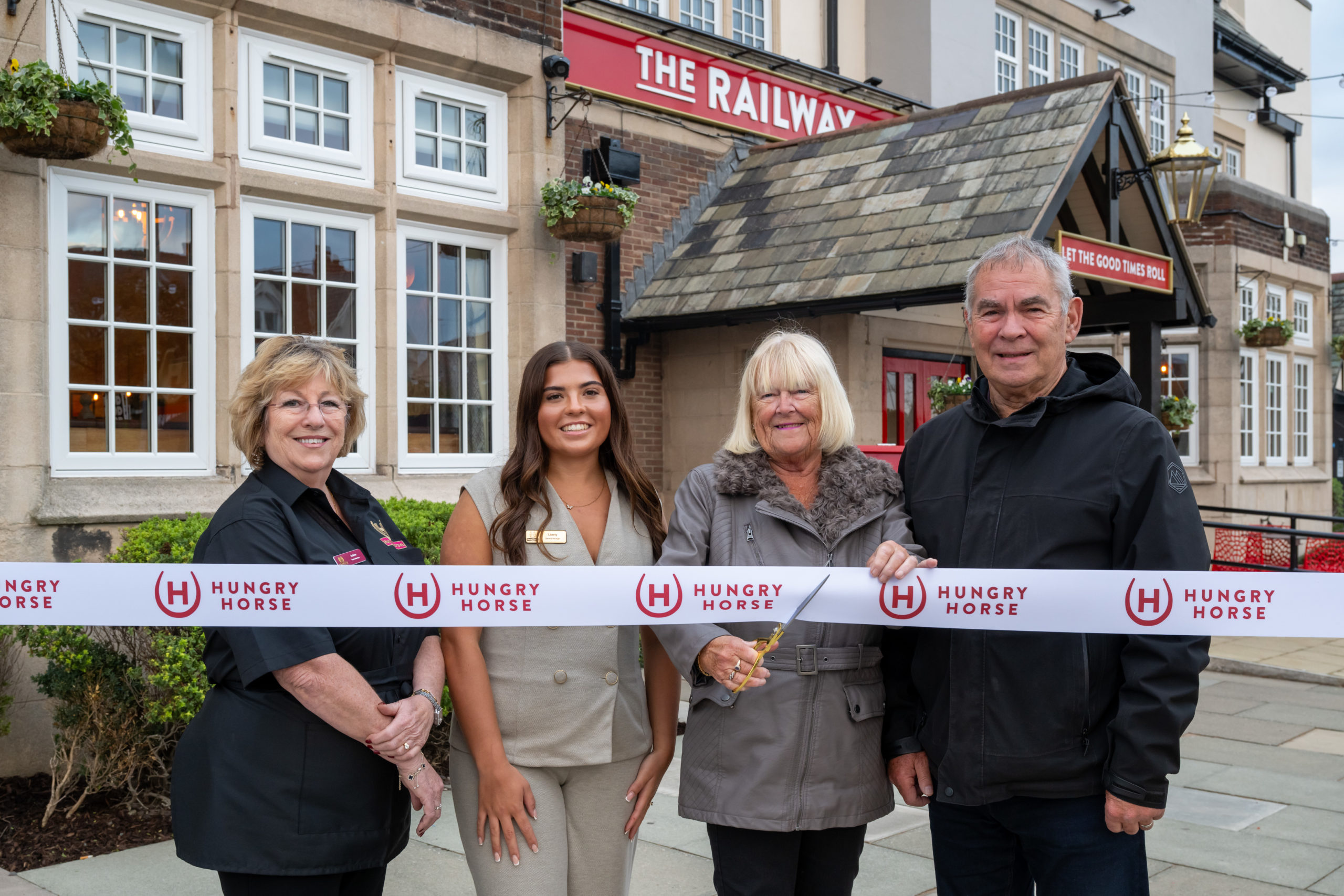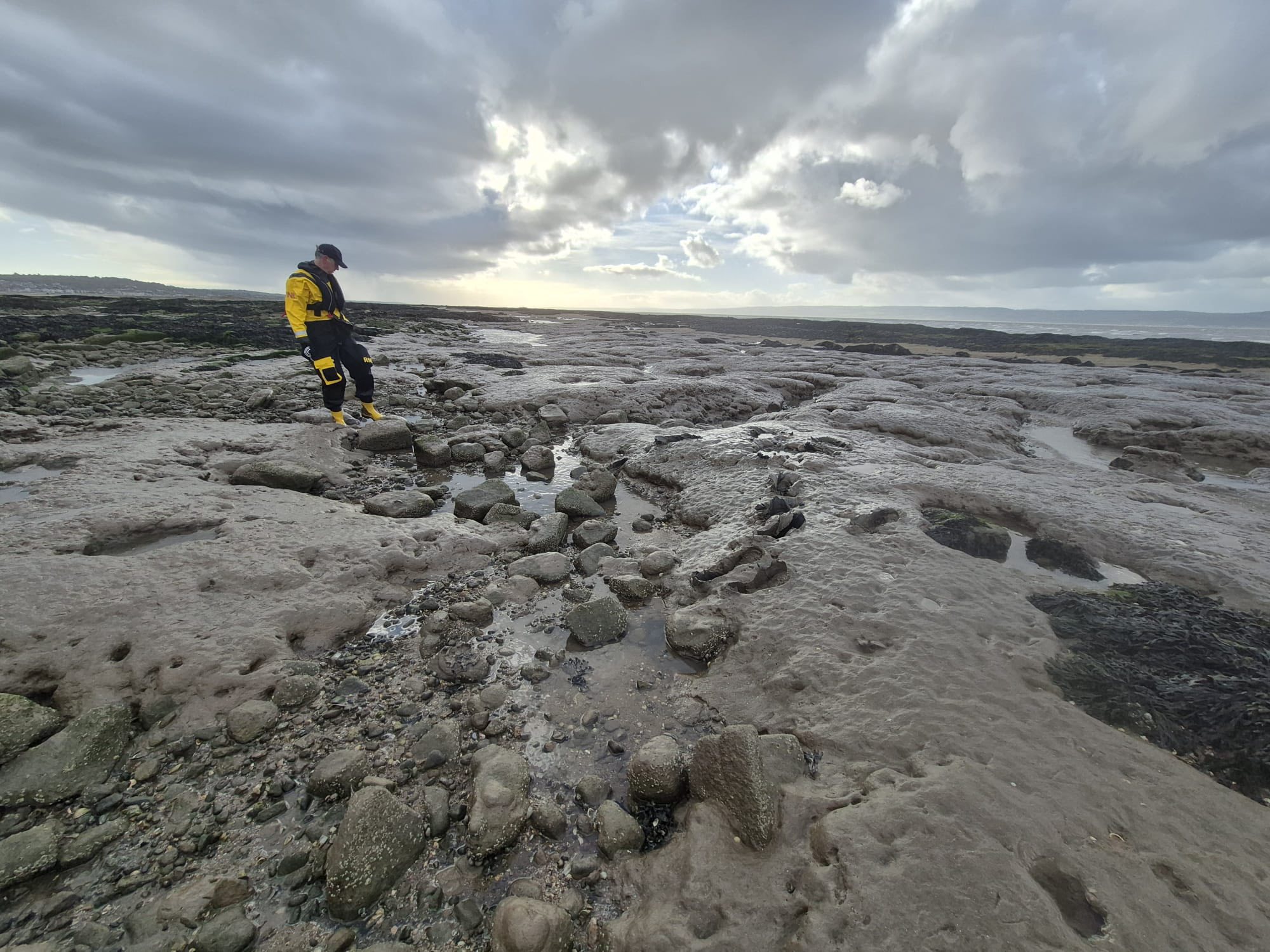Two options have been put forward for the future management of Hoylake beach.
It would see the existing grass and vegetation protected, but use raking to prevent the development of new areas in a seaward direction on a designated section of the beach.
However, the government’s environment body, Natural England, has concerns about the proposals, and they are likely to be subject to further refinement.
The area is a Site of Special Scientific Interest (SSSI), meaning Natural England has to be satisfied with the plan.
The latest development follows a consultation which was responded to by more than 3,000 people – 2,046 of them from Wirral. A total of 54.5 per cent of the Wirral responses were people from Hoylake and Meols.
The beach has been a hot topic of debate since raking was paused, pending the development of a new management plan.
Several groups have been campaigning either for or against leaving the beach to nature, or calling for a compromise.

What does the council say were the findings of the consultation?
- When asked to rank statements about Hoylake beach, ‘I believe it’s an important habitat for birds and other wildlife,’ was considered by all respondents as the most important. However, Wirral residents voted ‘I believe it’s a valuable open space for the community,’ as the most important. External responses seem to view the environmental statements as more important, while residents have a greater emphasis on the beach as a community asset.
- 42.6% of all respondents favoured allowing the area to become a saltmarsh. However, for Wirral residents only, there was a more even spread of responses; a greater proportion favoured a balance of some saltmarsh (35.1%) with a similar proportion against any saltmarsh (34.8%), and 30.1% wanted to allow the area to become a saltmarsh. Hoylake and Meols residents were more opposed to saltmarsh (45%) however 35% of Hoylake and Meols residents found some saltmarsh to be acceptable.
- 45.3% of all respondents want sand dunes to be allowed to develop across the entire area, 17.4% are against any sand dunes. Only 35.3% of Wirral responses favoured sand dunes developing across the entire area and 25.4% are against any sand dunes. The most popular answer for Wirral responses favoured allowing some sand dunes to develop (39.3%).
- 53.8% of respondents favoured a natural looking beach, whilst 18.0% prefer Hoylake beach to look managed and maintained and 28.2% favoured a balanced aesthetic. 37.1% of Wirral residents preferred a natural looking beach however 26.6% favoured a managed and maintained look.
- 47.1% want mud and silt on the beach due to the environmental benefits and 26.5% people don’t want mud and silt. Among Wirral residents, 39.5% do not want mud and silt, 29.7% would like the mud and silt and 30.8% favoured a balance.
- Hoylake beach’s hazards should not be managed any different to other coastal areas, believe 62.8% of respondents. Similarly, 46.4% of Wirral residents who responded believe Hoylake beach’s hazards should not be managed any different to other coastal areas. However, Wirral residents were more concerned about the beach’s potential hazards, 27.4% believe Hoylake beach could become hazardous if unmanaged, and 26.2% believe Wirral council should manage all potential hazards. Hoylake and Meols residents expressed more concern about the development of hazards if the beach was left unmanaged.
- When asked what is more important; local ecology or business/tourism, local ecology (35.4%) was the most agreed with statement, followed by the desire for a balance between the needs of the local business community and the developing natural environment, 22.3%. Wirral residents agreed with the statements in the same order as the overall response. Hoylake and Meols responses identified that Business & Tourism were their priorities and that a fully maintained beach would best serve these.
- For a beach management plan, the preferred option, with highest net agreement, was to explore with Natural England further intervention to support more natural succession of the ecology of this area of beach, encouraging more floral growth with no maintained access route from the adjoining promenade. However, amongst Wirral residents, the most agreed option was: explore with Natural England the most extensive management programme possible to return the entire beach to as it was pre‐2019.
- The preferred sand management option with the highest net agreement was, “I would support an option that is based around limiting the increase in costs and carbon dioxide emissions.” Wirral respondent’s favoured option was, “I would support an option that would seek to find a compromise between full management and natural succession that would limit as far as practical the increase in costs and carbon dioxide emissions.”
- When asked to provide specific health concerns if Hoylake beach were to be rewilded, the most common was the potential increase in mosquitos, flies, and biting insects. This was commented by 330 survey respondents, 96.3% of these being Wirral residents. Additionally, vermin, stagnant water and unmaintained surfaces which could become uneven, slippy or unstable were also popular concerns. However, 246 commentors, 55.7% being Wirral residents, believed the potential increases in hazards are worth the environmental benefits rewilding would provide.
- When asked to provide any additional comments, the most common category favoured naturalisation, agreed with by 737 respondents – 46.9% of which were Wirral residents. 205 comments specifically mentioned the habitat the beach could become for plants including rare grasses, and wildlife. However, the second most common category mentioned by 385 respondents favoured managing the beach, 95.8% of these respondents were Wirral residents. Alternatively, 194 comments favoured a middle ground approach, allowing some beach to be managed and some rewilded. 93.8% of respondents in favour of a managed approach were Wirral residents.
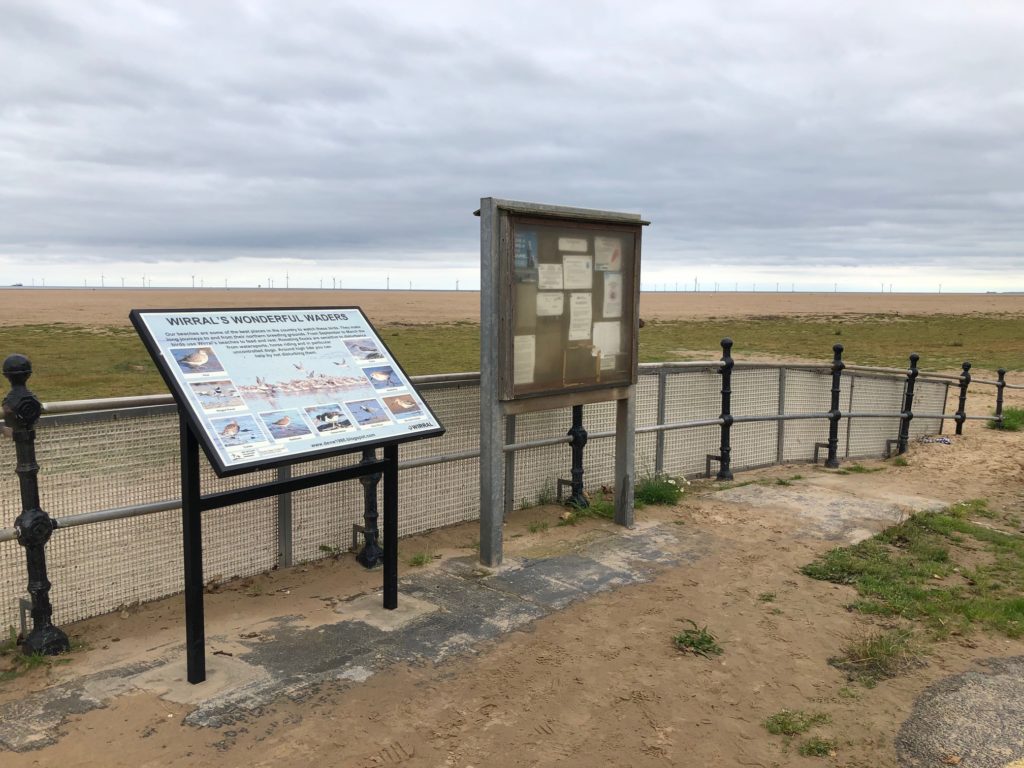
What did the council do when the survey ended?
A list of objectives were developed for the future Hoylake Beach management plan:
- Not compromise or adversely impact on the integrity of designated sites.
- Promote biodiversity and contribution to mitigating climate change.
- Minimise disturbance to wildlife.
- Maintain and enhance the amenity benefit, wellbeing and health of the local community and visitors.
- Ensure the safety of users and access across the beach.
- Contribute to the reduction in the risk of flooding and/or erosion to local property and infrastructure.
- Provide recommendations on further studies and monitoring to inform future management.
An appraisal was drawn up to develop a long list of options and use the objectives and assessment to measure the benefits.
For the beach management area between Red Rocks and the RNLI station, a
combination of areas were defined and five differing approaches applied, resulting in 23 long list options.
Measurement of each of the options against the assessment criteria resulted in the development of six shortlisted options.
However, the council has had to rule four of the six out after Natural England assessed they “were found to be unlikely to receive assent under Section 28H of the Wildlife and Countryside Act 1981”.
What are the two options being proposed?
They suggest the prevention of seaward expansion of vegetation using mechanical means (raking) between:
- The RNLI Station and Alderley Rd
- The RNLI Station and King’s Gap
However, the council admits these two options “present some challenges to Natural England but may be suitable as a final preferred option with some refinement”.
A report to councillors states: “Natural England recommend ongoing discussions regarding the refinements of both the removal of vegetation from the frontal (seaward) zone of the existing vegetated area and also the requirements around RNLI access”.
A letter sent to the council by Natural England says: “Natural England have concerns regarding the loss of potential vegetation on the outer side of the existing vegetation and the constraints imposed on the development of the natural ecosystem”.
It adds: “It is possible that there could be a much more restricted clearance option focussed to ensuring an appropriate access from the slipway for RNLI access. It is unclear if vegetation development is impacting on RNLI access currently, so we recommend further discussions with the RNLI regarding whether this is needed and understand what habitat conditions restrict RNLI access.”
The costs of raking the beach under either option would be up to £20k a year, met from existing budgets.
What happens next?
The Environment, Climate Change and Transport Committee meets on Wednesday 30 November to discuss the options.
If they agree the report, a further public consultation will take place and discussions will continue with Natural England.
The council had previously said it hoped to implement the new management plan from April 2023.
You can read the reports here: https://democracy.wirral.gov.uk/ieListDocuments.aspx?CId=911&MId=9516
Editor’s note: This story replaces an earlier version, to set the consultation results and Natural England’s response out in more detail and context.



